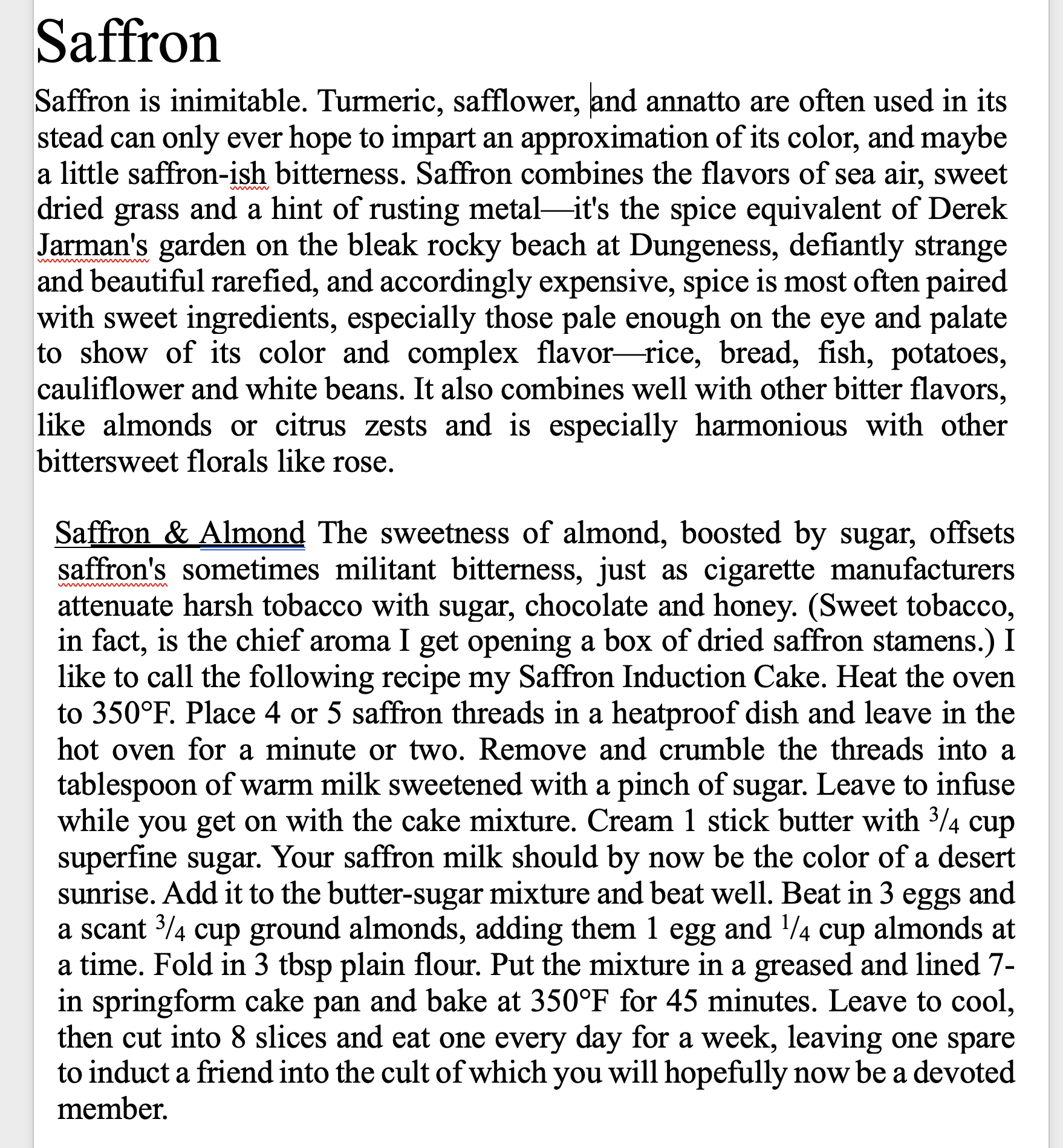I love that micro.blog hosts blogs as static websites. But if I were ever to need a non-blog static website, FastMail would be my number 1, 2, 3… host of choice. They’ve managed my email for a decade and have been nothing but outstanding. ↬This day’s portion
Three months ago I would have thought this recognize-the-scam quiz from The Washington Post was too easy, misguided, just useless. But I’ve recently seen my dad interact with the modern Web, and I strongly recommend you forward this link to anyone you know who is over 70.
My Venkatesh Rao reading list
As obscure public intellectuals go, Rao is fairly well known online, but every day, somebody’s born who’s never seen The Flintstones, and the man does have a knack for packaging phenomena both permanent and ephemeral into digestible mental models which you can use again and again. Sure, you could check out his official New Reader guide — and there is some match between that and the list below — but doesn’t a bespoke list on an even more obscure personal blog make it more adventurous?
- The Gervais Principle, which should have been a book (and is much better than his only actual book). You will never look at office dynamics the same way again.
- The Cactus and the Weasel, the extension of the hedgehog and the fox dichotomy which made me fall in love with 2x2s, and also realize that I was a fox trying to fit in with a crowd of hedgehogs.
- The Premium Mediocre Life of Maya Millennial, wherein he coined the syntagm “premium mediocre” which perfectly captured the 2010s esthetics
- A Quick (Battle) Field Guide to the New Culture Wars, which made me want to spend as little time as possible on social networks in general, and one social network in particular, which is a good thing!
- The Internet of Beefs, which finally made sense of the ridiculous back-and-forths which were so common on
TwitterX. - Against Waldenponding, which earned him an invite to the best podcast out there, and which is also the reason I am writing this, having recently been reminded of Rao’s work.
Enjoy the multiple branching rabbit holes!
While responding to a tweet I realized that an essential emoji was missing from the ever-expanding collection: one for RSS feeds. Come on, people, it’s not difficult.
Charlie Warzel at The Atlantic:
I first encountered The Making of the Atomic Bomb in March, when I spoke with an AI researcher who said he carts the doorstop-size book around every day. (It’s a reminder that his mandate is to push the bounds of technological progress, he explained—and a motivational tool to work 17-hour days.) Since then, I’ve heard the book mentioned on podcasts and cited in conversations I’ve had with people who fear that artificial intelligence will doom us all.
I can see the appeal, but calling The Making of… “The Doomer Bible” is uncharitable to both books.
Microsoft is replacing Calibri as its default Office font. Good riddance, it was never a good fit for long text.
But, seeing a 100-page document — a clinical protocol, say — set in Calibri was a sure sign the people who wrote it didn’t care, and that signal is now lost. Is the tradeoff worth it?
Microsoft is changing our household’s recipe game: no more bad photocopies or thick books on the counter when you can snap a photo and convert it to Word (and, when I have time, Markdown) in the Office365 app. This one is for a delicious saffron-almond cake, from The Flavor Thesaurus. ⏲️


One benefit of being a one-man show is the freedom to share your thought process and workflows without fear of inadvertently disclosing information that others may find sensitive. Which is to say: I love what @davidsmith is doing on his blog — the latest post is what prompted me to write this — and podcast. More of this, please.
The two most recent episodes of EconTalk, equally engrossing, could not have been more different:
But it is only Rebanks’ I would listen to again, and his book is now on my to-read list.
Having deleted my Facebook account nearly a decade ago, and last having logged in to Instagram back in 2012, I had no expectations of Threads. With quick onboarding and a pleasant enough first impression, those expectations were exceeded.
I won’t be coming back, but if they enable ActivityPub and make the “official” accounts — medical societies and NBA teams for me, please — accessible from micro.blog, it will be a win for everyone.
Well, almost everyone.